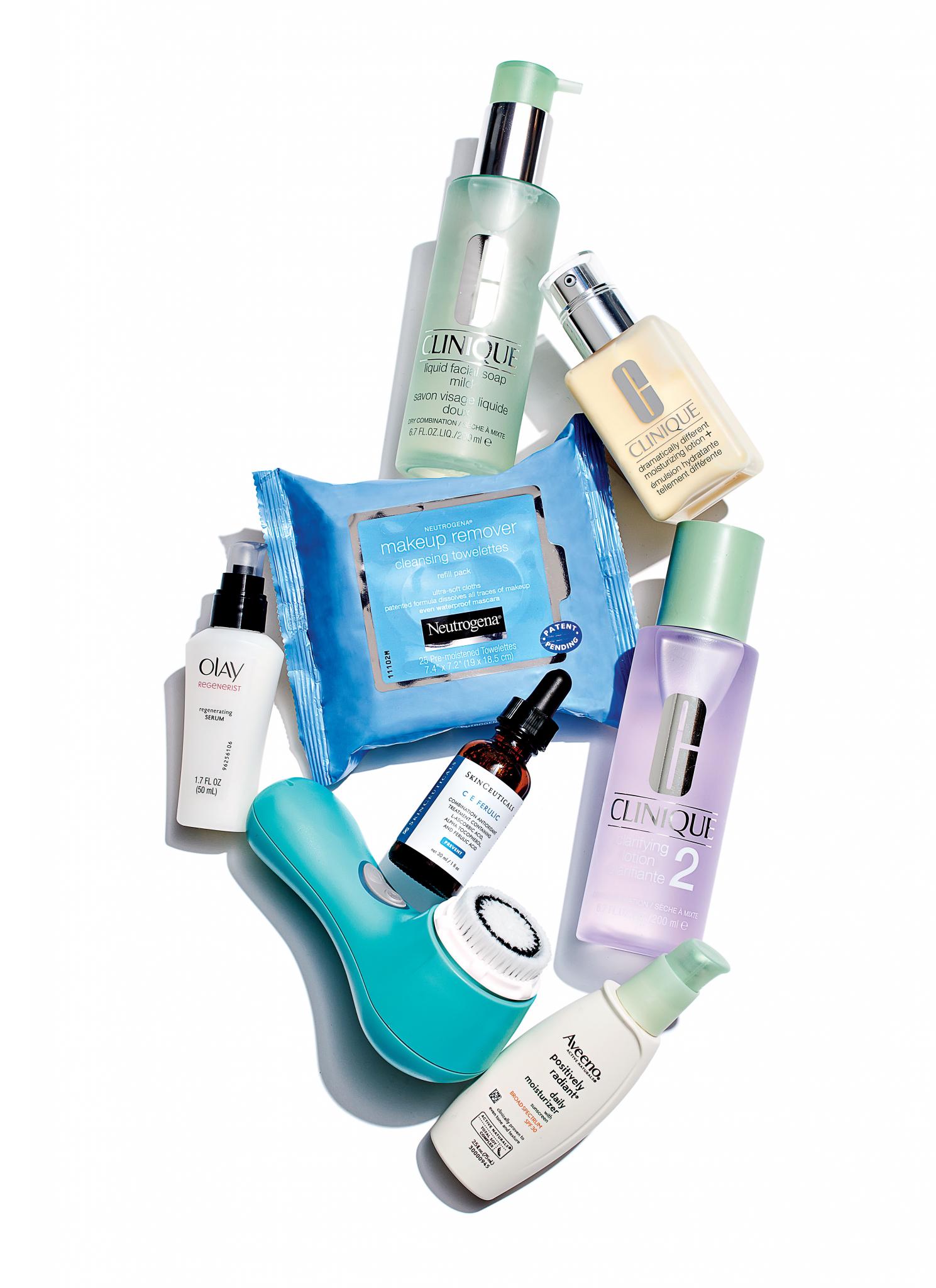
Like most industries, beauty succumbs to the ebb and flow of what is trending. Makeup trends are determined by everything from Pantone’s color of the year to what is seen on the runways. As of late, skincare trends have been driven by popular Korean beauty methods like dry brushing and double cleansing, with a few choice ingredients taking center stage. With so many products to choose from and so many trends to keep up with, it’s easy to get lost in the shuffle. So, we’ve created a guide to shopping for skincare to help streamline your process and keep you in the know for your next beauty hunt.
Step 1: Ask The Necessary Questions
Skincare is not a one size fits all kind of deal. Before your hormones decided to wage war against you during those gruesome years called “adolescence,” your skin was more resilient and could withstand those basic all-purpose products. As you age, you inadvertenly develop a rapport with your skin, by testing products to determine which work best for you. Unknowingly, you base these products on a few factors: skin type, age, issues, lifestyle and geography. Here are a few questions to ask yourself before your next beauty haul:
What is my skin type?
This age old skincare question will always be relevant in determining the kind of products that will best suit your needs. Identifying whether you have normal/sensitive skin, oily/combination (oily and dry), dry or acne-prone skin is an essential step in understanding your skin and its’ needs. Knowing your skin type is the first step towards customizing your skincare and having the skin you want.
Does my skincare regimen compliment my age?
If you read the Your Skin after 30 story, then you know that your skincare regimen should evolve as you age. Because collagen and elastin break down over time, anti-aging products with retinol and gentle exfoliants like alpha hydroxy acids become a necessity to increase cell turnover (a fancy term for generating new skin) and boosting collagen (the stuff that makes your skin firm and plump). It’s also important to change the way you care for your skin as you age. In addition to loosing elasticity and firmness, skin also becomes thinner and drier over time; thus, the harsh cleaning and treatment methods that you may have used at 16 no longer suit your skin.
What are the skin issues I need to address?
Do you have dry, flaking skin? Hyperpigmentation? T-zone too oily? Naming your issues can help to determine which products in your regimen may be irritating your skin and what you may need to incorporate to alleviate the issues.
How does my lifestyle affect my skin?
Are you a smoker or a regular social drinker? Do you exercise regularly? Regardless of the activity, your lifestyle takes a toll on your skin in different ways causing various concerns.
How does the climate where I live affect my skin?
Of course environmental factors such as UV rays take a toll on the skin, but beyond the daily use of SPF, you should consider the general climate of the area that you live in. For example, those who live in colder climates often have skin that is more fragile than most. Cold weather can slow circulation causing less oxygen to reach the cells leading to dry, flaking skin and in extreme cases, rosacea. Those who live in warmer climates may be more prone to suffering from acne, as heat and humidity increase oil production. In addition to formula, considering texture is also helpful in determining whether a product is suited for your skin type and environmental influences.
Step 2: Find Out When It Was Made
You know that random date stamp that can be found on most packaging? Turns out you can benefit from paying a little attention to it! If you’re going to invest in a face cream, it’s best to buy the freshest one available to you. Check the date stamp, and buy the cream with the most recent date to ensure that the active ingredients in the product are still effective. After all, what good is the cream if its’ ingredients are past their shelf life?
Step 3: Pick The Best Packaging
That bottle may be the perfect compliment to your gorgeous Fornasetti candle, but we aren’t talking about looks, here. Some of the best skincare products come in plain packaging. When selecting a product, specifically a cream, you want to focus on products housed in airless dispensers or laminated aluminum foil tubes (similar to your toothpaste). Your favorite cream may come in a tub, but from the moment you open the product and expose it to light and air, some of those active ingredients can become degraded and less effective. Additionally, using your fingers to apply the cream introduces germs to the product, turning your cream or balm into a petri dish.
How do you determine what products to buy when shopping for skincare? Share your thoughts in the comments below!





